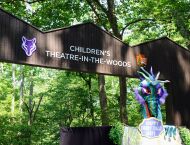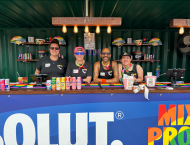Eat
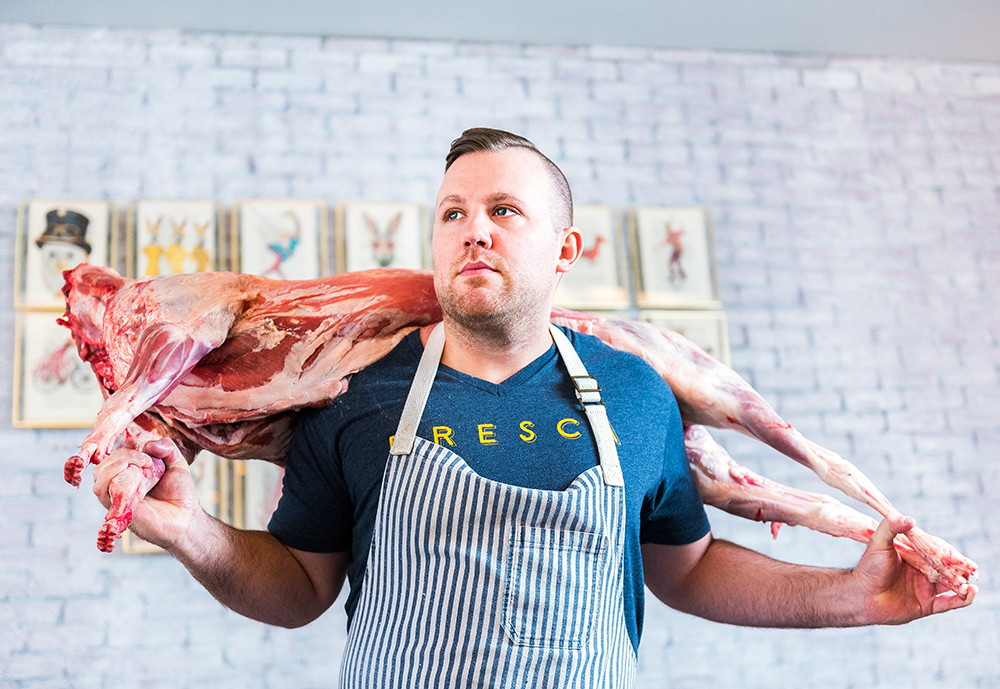 Chef Ryan Ratino. Photos by Rey Lopez.
Chef Ryan Ratino. Photos by Rey Lopez.
Seeing Green: A Sustainability Outlook for the D.C. Dining Scene
March 8, 2020 @ 5:07pm
Over the last decade, shopping at the farmers market infiltrated the mainstream, people rallied around a sea turtle with a plastic straw stuck in his nose, and Burger King sold tens of thousands of plant-based Impossible Whoppers. There’s still a long way to go, but these trends signal the beginnings of progress toward a more sustainable food system.
They’re signs that major movements are taking hold locally and globally, like reducing plastic waste, encouraging plant-based diets, improving traceability in seafood and preventing food waste. Bolstered by increased consumer awareness around these issues, chefs and restaurateurs are setting the pace and the agenda for the sustainable food movement in 2020.
We asked four of DC’s culinary sustainability leaders to forecast the year ahead, from trends in green restaurants to their dreams for the industry. Our expert panel features Kyle Bailey, chef and partner at The Salt Line; Ellen Kassoff, co-owner of Equinox Restaurant; Ryan Ratino, chef and owner of Bresca; and Rob Rubba, chef and partner at the forthcoming Oyster Oyster.
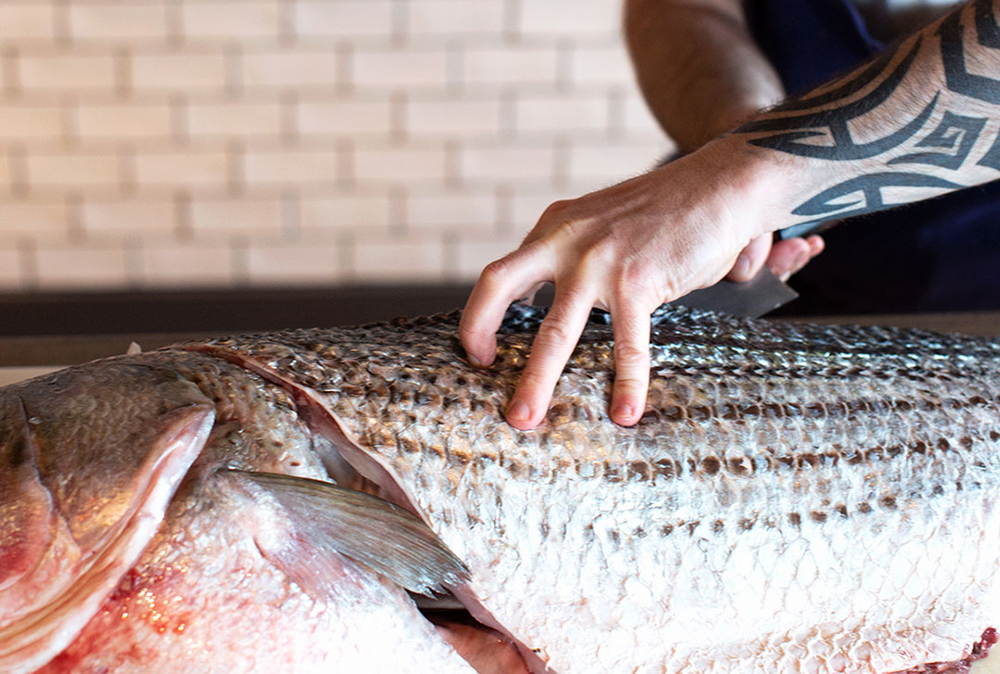
Chef Kyle Bailey. Photos courtesy of The Salt Line.
Alternative Sources of Protein
The myriad perils of factory-farmed meat, especially beef, are widely known: massive greenhouse gas emissions, animal cruelty, pollution of natural resources, antibiotic resistance – the list goes on. To reduce our reliance on these products, chefs and consumers alike are looking for more responsible protein sources.
Poultry and fowl
Ratino’s dishes at Bresca highlight meat with a smaller carbon footprint. “I like to cook things that fly,” he says. “They’re delicious and they have a very low impact on the environment.” Raising birds like chicken, duck, squab and quail emits less carbon than beef and pork.
Lesser-known seafood
Popular species like bluefin tuna and cod are being overfished and depleted worldwide, but Bailey is showing Salt Line diners that there are plenty of other fish in the sea, like “sea robins and mackerels and the stuff that maybe you’ve never seen before or are not really used to.” His recommendation? “Let’s take some pressure off of those big commodity fish.”
Oysters
Rubba’s sustainability-focused, plant-based restaurant Oyster Oyster will serve bivalves because they are exempt from many of the ethical and environmental concerns associated with eating seafood and meat. “A farmed oyster literally requires nothing besides what is naturally occurring in its environment,” Rubba explains. “As for beef, it takes 2,500 gallons of water, 12 pounds of grain, 35 pounds of topsoil and the energy equivalent of one gallon of gasoline to produce one pound of feedlot beef.”
Leading by Example
As chefs change their habits to eliminate single-use items, they’re demanding the same from their suppliers. “The people who generate the most boxes in our restaurant are our vendors,” Kassoff says of Equinox Restaurant. “We stopped accepting the boxes. We’ll take the fish out or the meat out and send them right back on the truck with the driver.” She has also seen vendors change their habits as a result. “They sent me a sample in a plastic-type crate, and I said, ‘You’ve got to change the packaging to corrugated cardboard or I’m not going to buy it.’ You just have to ask [yourself] if you care.” In similar fashion, Rubba’s farmers provide his produce in reusable containers, and Ratino stopped accepting plastic shrink wrap in favor of butcher paper.
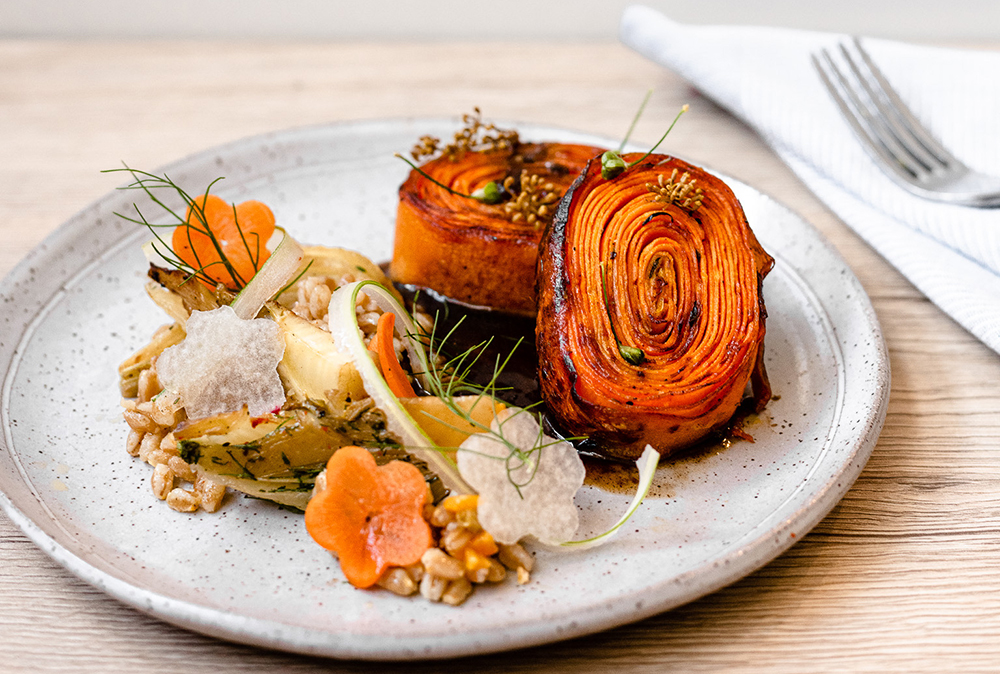
Carrot steak. Photo courtesy of Oyster Oyster.
Holistic Management
Rubba believes that a restaurant’s sustainability approach must consider the whole picture. In the kitchen, little changes add up. “You waste like 10 gallons of water to blanche some asparagus. It’s silly.” His menu won’t have any blanched vegetables, and he built in other water-saving practices when designing Oyster Oyster. “Water’s a resource we’re going to run out of. I don’t think people are truly thinking about how much of that is in everything that we buy, whether it’s the clothes we wear, the linens that are on our tables every day in the restaurant [or] how much ice we use in a restaurant to cool things down.”
Farm-to-Table 2.0
These days, so many restaurants claim to be farm-to-table that the phrase has lost its meaning. The next iteration of this trend will take the idea back to its roots.
A Renewed Ethos
“I think the problem with the original farm-to-table movement was it became this act of hubris,” Rubba says. “Then it was kind of marketed as this cliché.” Now, he sees more of a focus on the farmer. “What [our farmer] does is 10 times harder than what I have to do every day to run a restaurant.”
Relationships
Farmers and chefs are working much more closely, with chefs requesting certain crop species and farmers planting their fields based on these requests. Ratino has even gone as far as building a chicken coop on one of his produce farmers’ properties to guarantee a source of quality eggs. “Every week when he delivers, we’re sending him out with all of our veg scrap for the chickens,” Ratino explains.
Truly local
As chefs double down on local sourcing, they’re also redefining the term. “In the future, we are going to see micro-farms attached more to urban developments,” Rubba predicts. “I think that’s how we’re going to have to feed cities eventually.”
A new aquaculture movement
Modern aquaculture is dealing with some of the same problems plaguing large-scale industrial agriculture. Rubba sees 3D farming as one of the solutions – a system that grows seaweed and shellfish in symbiosis with minimal environmental impact. This practice would not only help improve water quality, but also provide multiple sources of food. “Kelp has really gained a lot of ground,” Bailey adds. “[It’s] the idea of farming the oceans for something that’s just out there and sustainable and nutritious.” We’re already seeing it enter the mainstream with Sweetgreen’s new kelp bowl, and Bailey says that’s just the beginning.
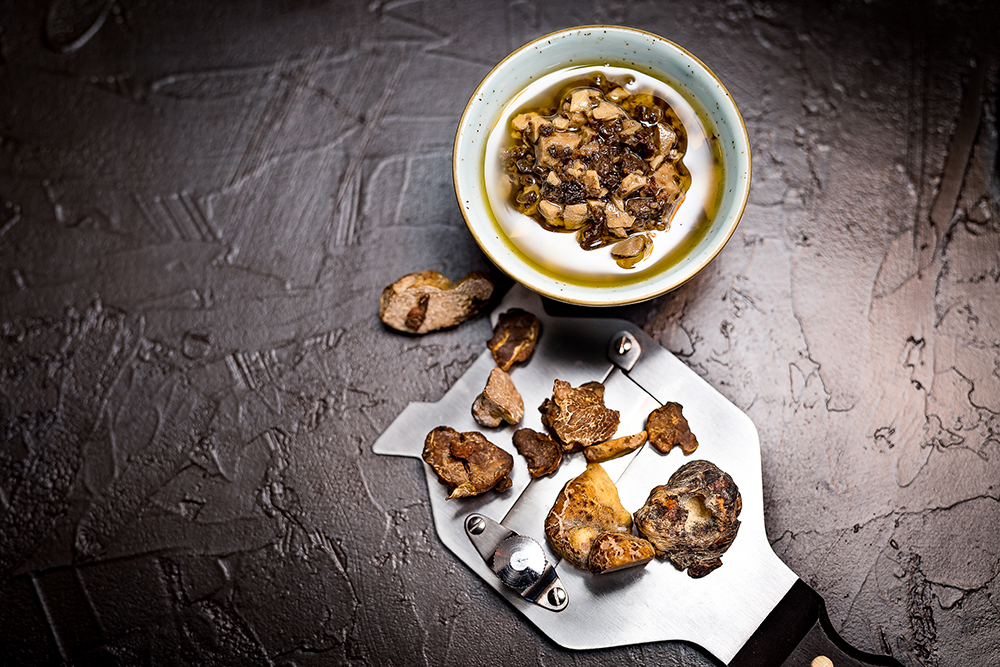
White truffle. Photos courtesy of Equinox Restaurant.
Dreaming Big
These four visionaries have their sights set on a greener future for the restaurant industry in DC and beyond. Here’s what’s on their collective wish list.
Kyle Bailey: “The Dock to Dish program – I would like to see that move forward,” he says, referring to the international, restaurant-supported fishery program that helps ensure less popular fish are reaching kitchens and plates.
Ellen Kassoff: “It would be great if we could come up with a unified certification process like they do for LEED green buildings or certified organic. We could have a more uniform set of standards to call yourself a sustainable or green restaurant.”
Ryan Ratino: “How can we all team up to use better things in our restaurants and provide enough business to people who are willing to make them for us? It’s more incentive to the farmer. They know the money’s going to be there on the back end. There’s not as much risk.”
Rob Rubba: “Creating restaurants that really make no impact. What does that system look like? I don’t know yet.”
Bresca: 1906 14th St. NW, DC; www.brescadc.com
Equinox: 818 Connecticut Ave. NW, DC; www.equinoxrestaurant.com
Oyster Oyster: 1440 8th St. NW, DC; www.oysteroysterdc.com
The Salt Line: 79 Potomac Ave. SE, DC; www.thesaltline.com



